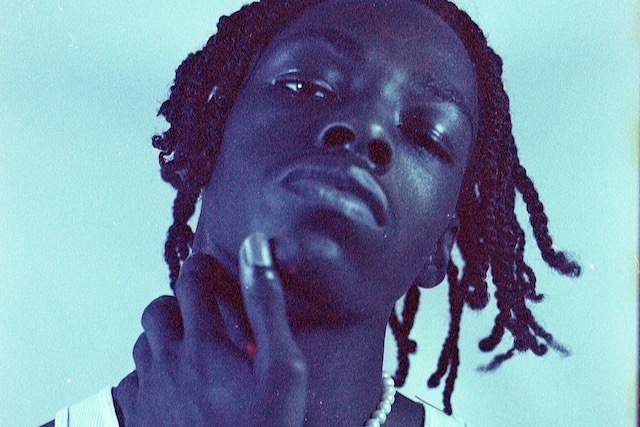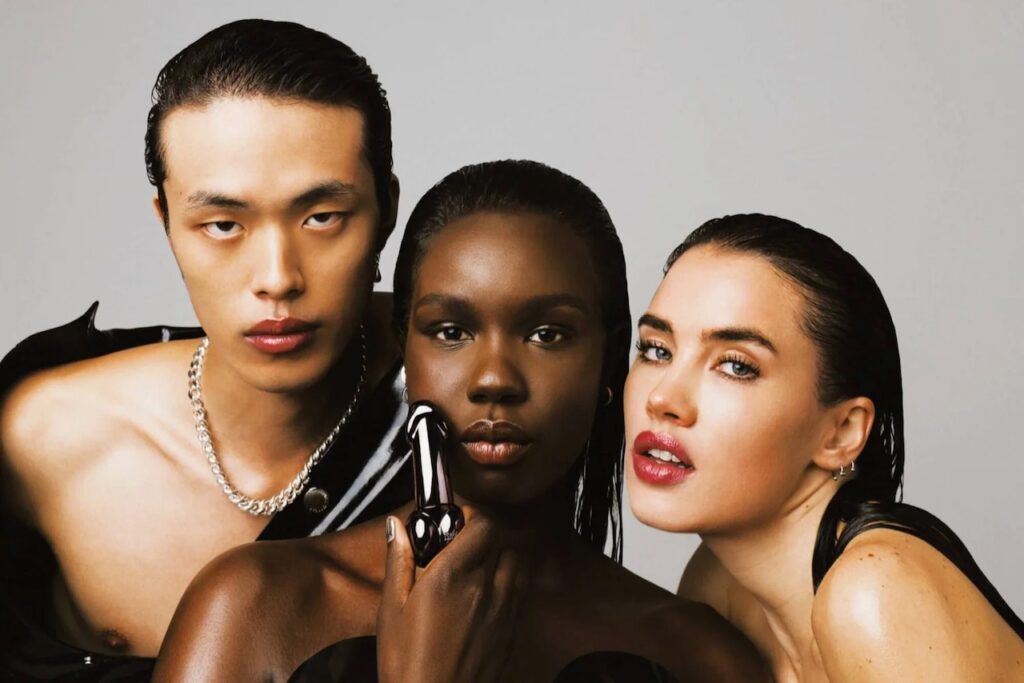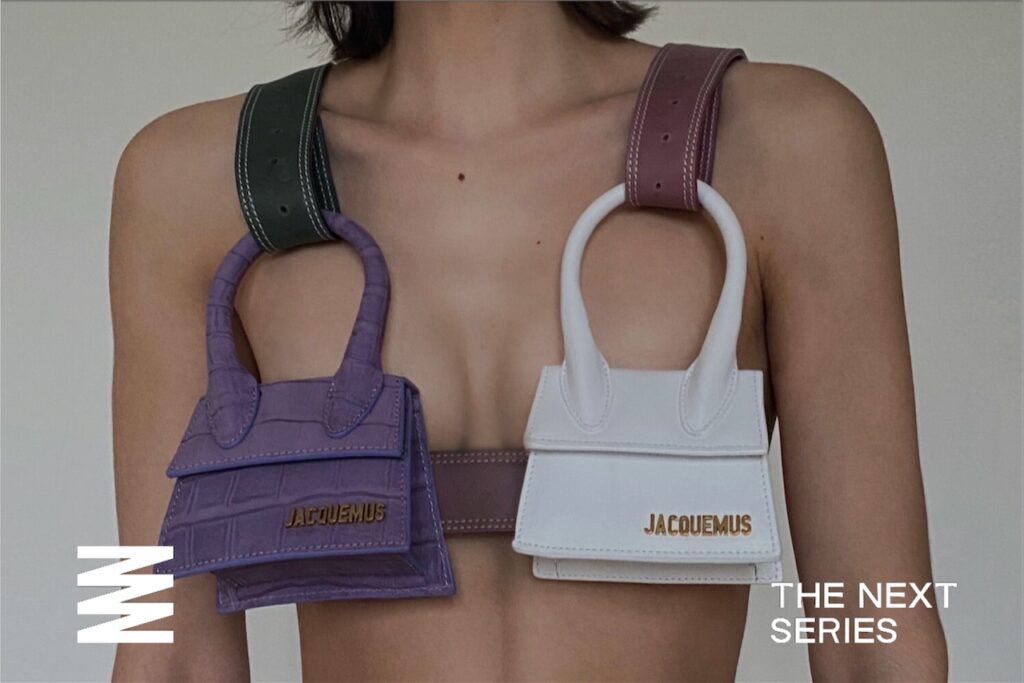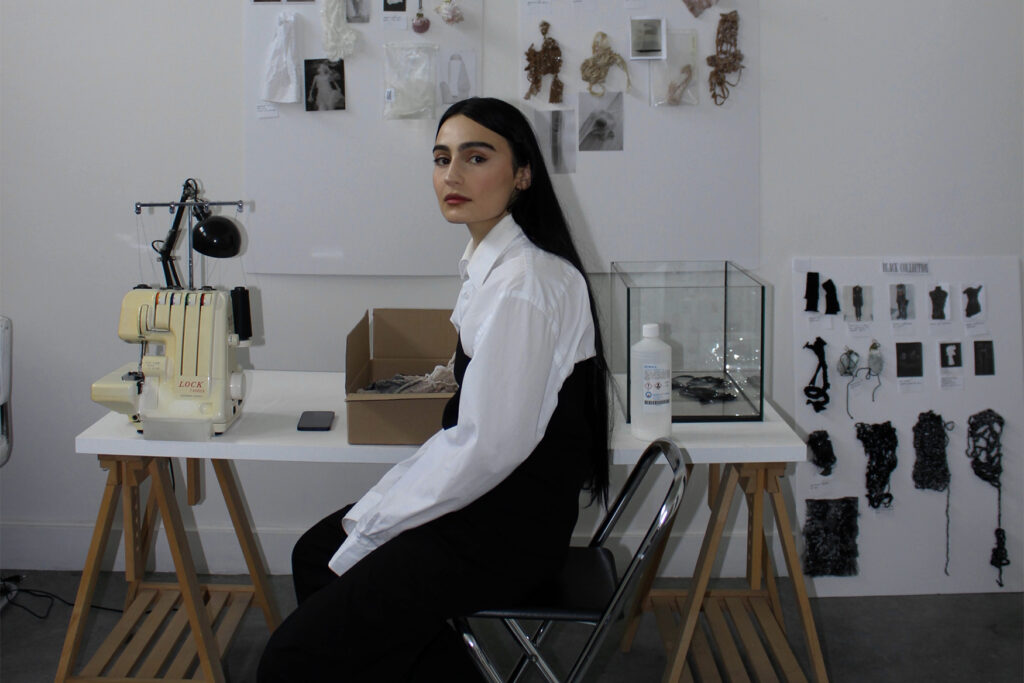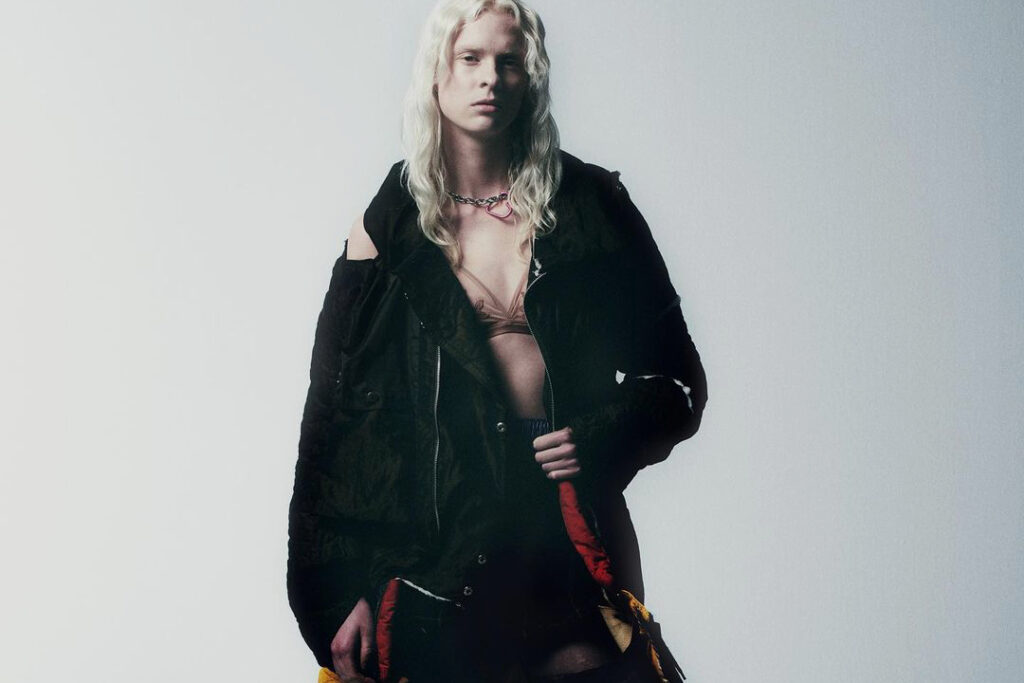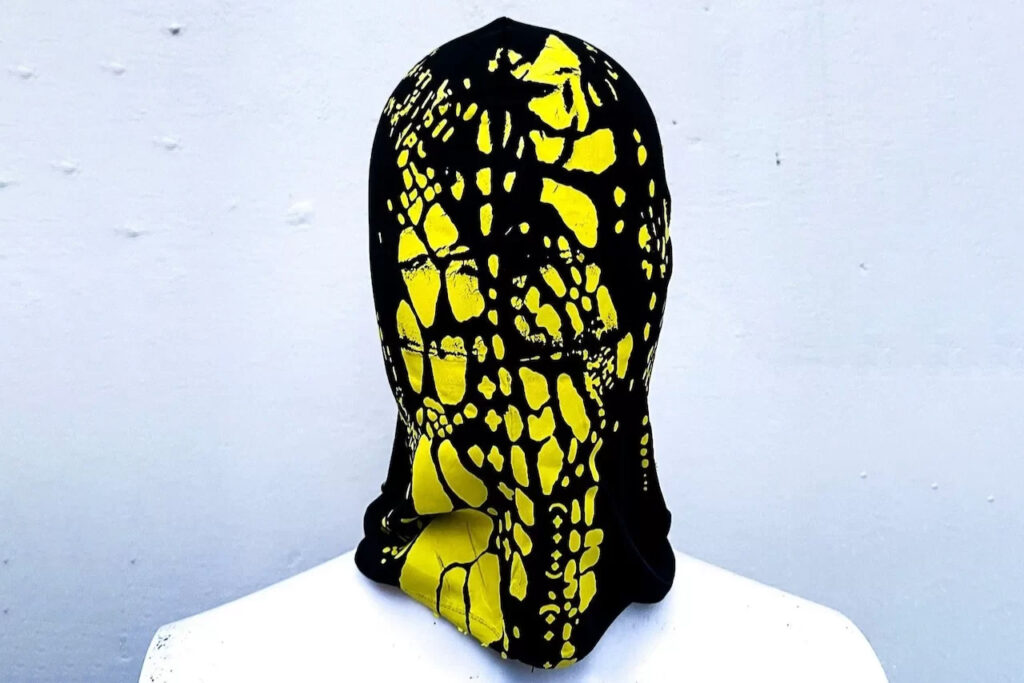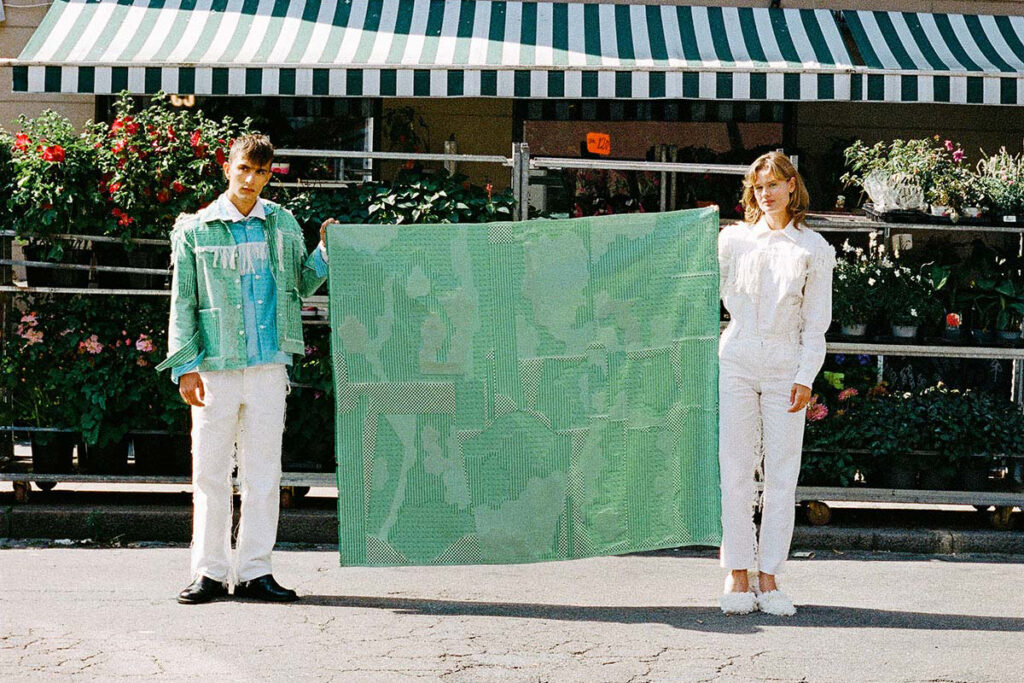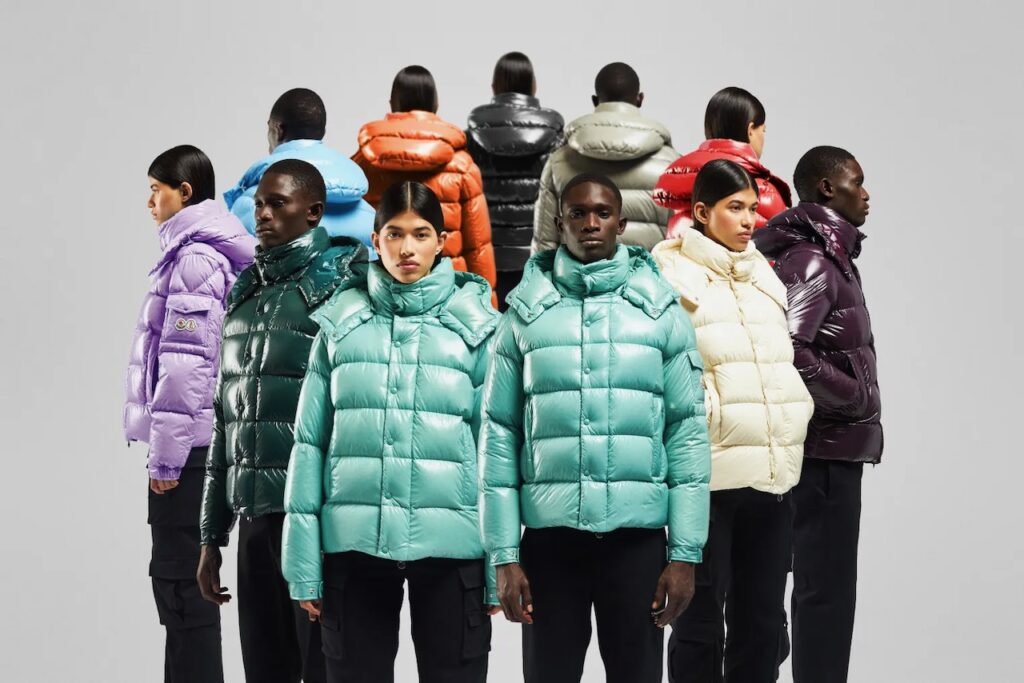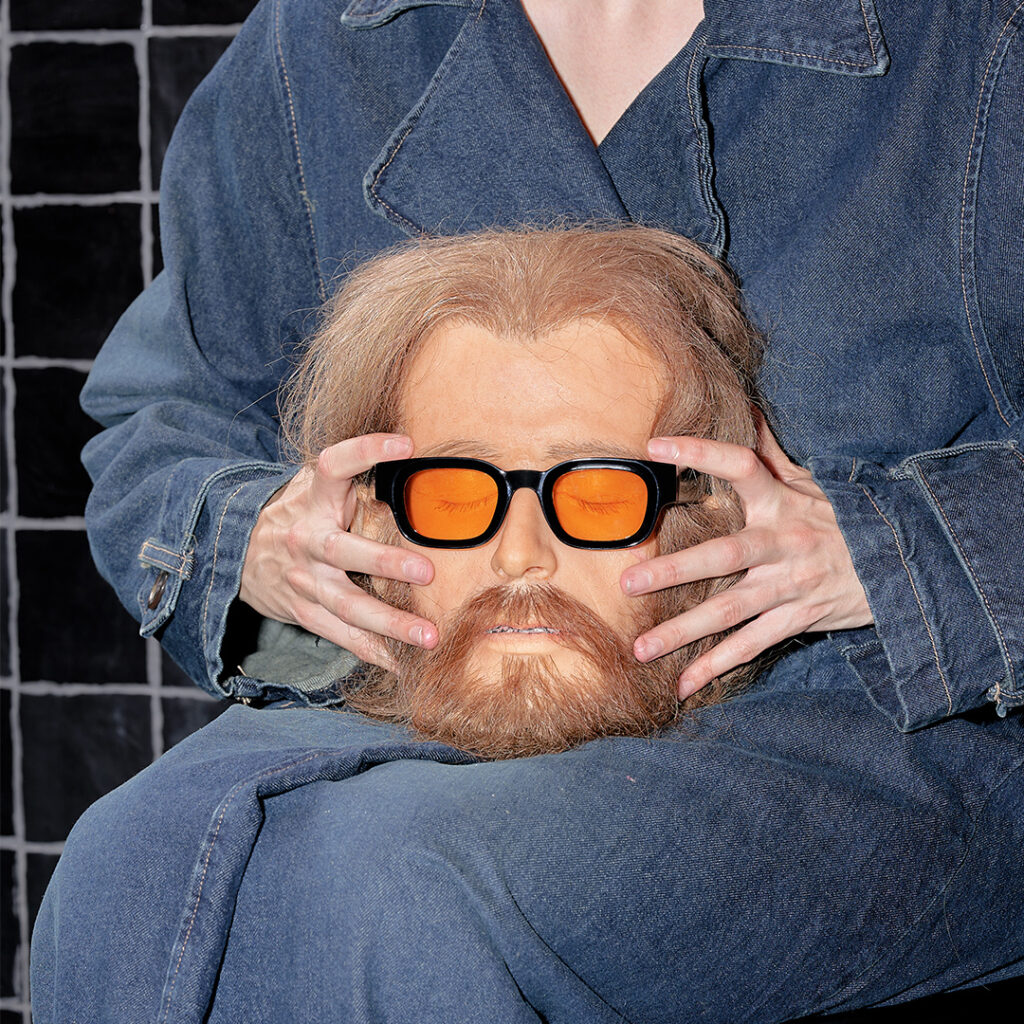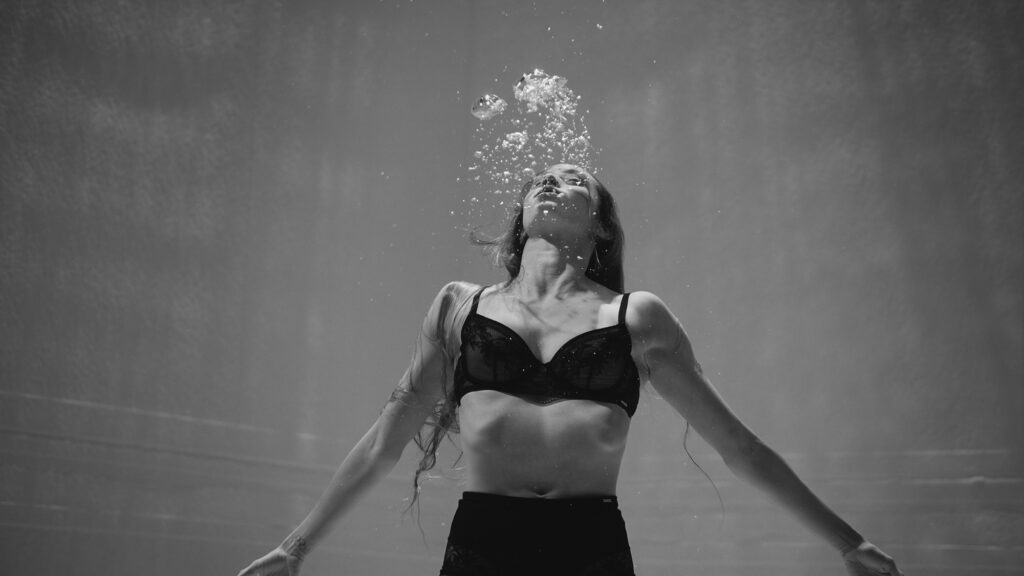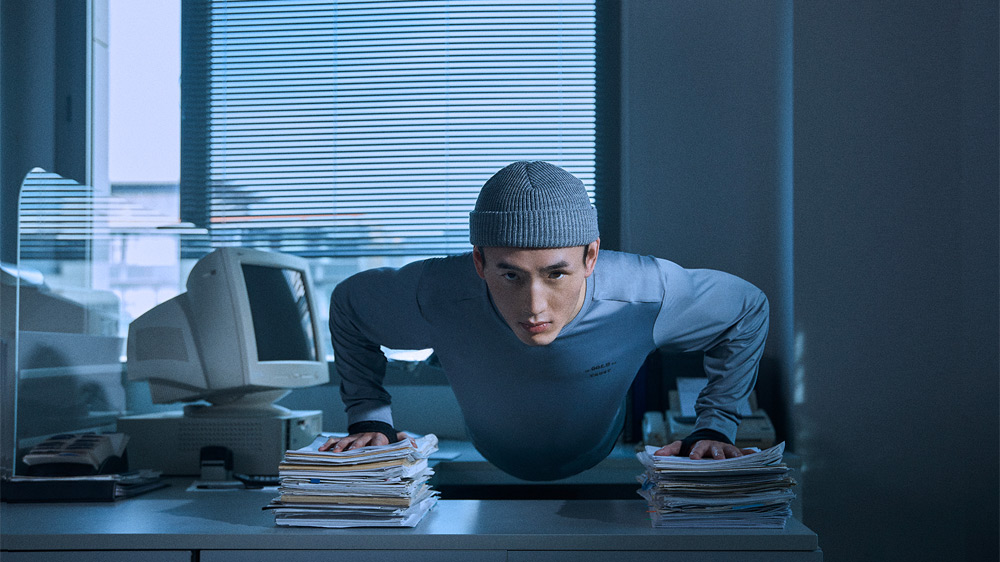The fashion industry has just witnessed the rise of a fascinating new phenomenon: the cartoonification of fashion. Bet you know exactly what we’re talking about. You know, this trend where everything is characterized by hyperrealistic designs and meme-inspired clothing. It has truly captivated style enthusiasts and social media users alike, transforming the way we think about self-expression and personal style.
As we delve deeper into the rabbit hole of digital fashion trends, we can’t help but wonder: Are we witnessing the dawn of a new era in fashion,? One where individuals adopt cartoonified styles as a flexible aesthetic, like a sort of video game skins? Are we transitioning away from traditional trends anchored in ideologies or cultural norms, adopting a more fluid, virtual approach to fashion? And where did this all even come from?
Big brands have already embraced cartoonification and hyperreality
In the ever-changing world of fashion, where trends come and go in the blink of an eye, a few standout brands have dared to venture into the realm of cartoonification and hyperreality. – Sidenote: It seems like in the last year a few brands are getting a lot bolder and jumping into trends before audiences solidify their validity-. These pioneers, embracing the unconventional, are helping redefine fashion and capturing the imagination of the style-conscious masses.
From MSCHF to Prada, to Loewe, to Balenciaga
Take MSCHF, for example, and no, we’re not only referring to their big red boots (although they clearly have a place at this point). This audacious brand has captured the spirit of the times with its inventive creations. Their Birkenstock sandals that are crafted from upcycled Hermès Birkin bags being one of many. Similarly, luxury powerhouse Prada, renowned for its avant-garde inclinations, recently showcased designs featuring exaggerated silhouettes and vibrant prints, reminiscent of our beloved Saturday morning cartoons. Prada, a brand that until recently was considered to be slightly old-fashioned, has leapt forward all of a sudden completely revamping their designs.
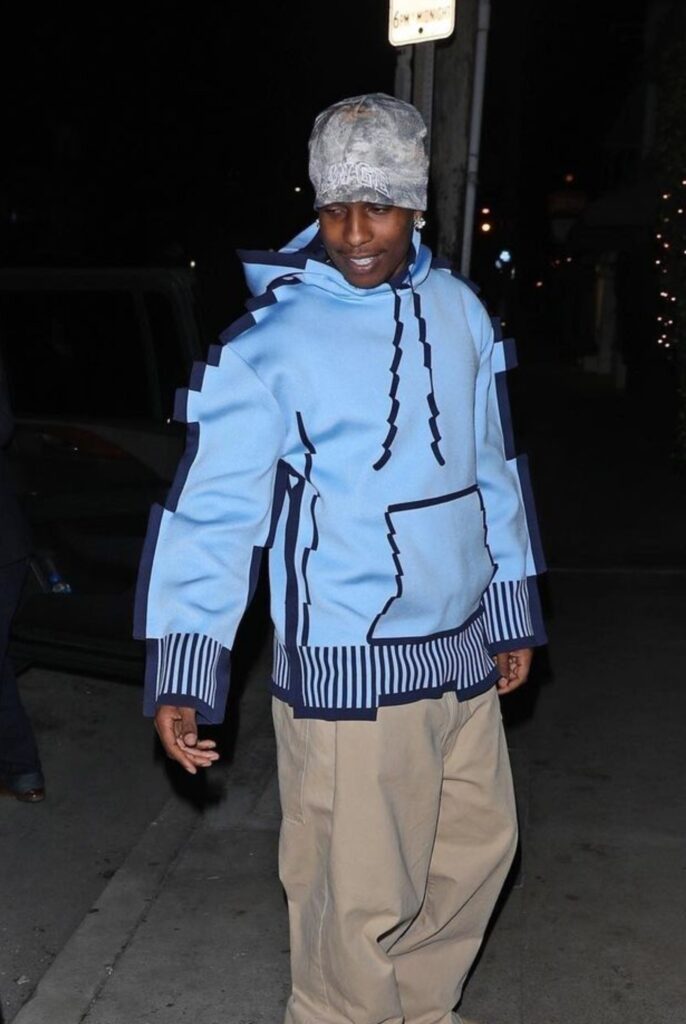
There’s more. High-fashion household name Loewe has also dipped its toes into the cartoonification pool. Their collaboration with Studio Ghibli culminated in a mesmerizing collection that seamlessly fuses high fashion with cherished animated characters. And who could forget Balenciaga’s head-turning outfits, boldly embracing meme-inspired clothing and transforming the runway into a space where the internet’s most iconic moments come to life?
Does Baudrillard’s theory of hyperreality have anything to do with this?
Could the recent rise of cartoonish fashion and meme clothing be influenced by Baudrillard’s theory of Hyperreality? The French philosopher’s ideas on the convergence of reality and simulation resonate deeply with today’s digital culture, making it the perfect muse for the cartoonification movement. By blurring the lines between the real and the imagined, these designers challenge our perceptions of authenticity in fashion, urging us to question the very essence of what we wear and why. Either way, one thing’s for sure, there is an extraordinary ongoing shift in fashion—one that embraces the whimsical, provocative, and ever-evolving landscape of self-expression in our digital age. The otherworldly is no longer just for the runway or the editorial photoshoot, it’s for the streets as much as it is for the feed too.
Could the cartoonification trend be a result of the impact of digitalization and the Metaverse?
Clearly, we are neck deep into the digital age, where the metaverse reigns supreme. Right? So it would make sense to think that all of this has acted as a powerful catalyst for the meteoric rise of cartoonification and hyperrealistic fashion. With social media platforms acting as the ultimate stage, brands like Balenciaga have masterfully woven their creations into the very fabric of our online lives, causing ripples throughout the fashion world.
Social media has been the perfect stage for cartoonification to happen
Instagram, TikTok, and other social media giants are hotbeds of creativity and innovation, enabling designers and style enthusiasts alike to showcase their latest cartoonified looks. Trendsetters and influencers, eager to make their mark, rapidly adopt these eye-catching styles, further amplifying their reach and impact. In this digital ecosystem, the Metaverse emerges as a natural extension of our reality, providing an infinite canvas for expression and experimentation.
Brands like Prada and Loewe have harnessed the power of online communities and influencers to show that they too are a part of contemporary culture. And that therefore, they continue to be relevant and industry trailblazers. Through strategic collaborations and partnerships, these fashion trailblazers have managed to infiltrate the digital realm, leaving an indelible mark on the hearts and minds of style enthusiasts around the globe.
Undoubtedly, the cultural impact of digitalization and the metaverse on cartoonification and hyperrealistic fashion is immense. These virtual spaces serve as fertile ground for the seeds of creativity to take root. As they grow, we bear witness to a fascinating new chapter in the world of fashion—one where our wildest dreams and fantasies come alive before our very eyes.

Why aren’t we talking about the influence of Asia in the Western cartoonification of fashion more?
It’s clear that we are much more connected as a global society than ever before. The rise of K-Pop and the influence of other Asian cultures in the West has undoubtedly had a significant influence on the rise of cartoonification in fashion. From the unique and eye-catching outfits of K-Pop stars to the iconic anime-inspired style of Japanese streetwear, Asian motifs and aesthetics are woven throughout the cartoonification of fashion. To discuss cartoonification without acknowledging the contribution of Asian culture would be a disservice. So let’s give credit where credit is due and recognize the powerful impact that Asian fashion and pop culture have had on the fashion world. And that although cartoonification has only just exploded in the West, it’s been alive and well for some time in the East already.
Now that that’s settled, let’s continue.
Hear us out, cartoonification is an aesthetic, not a trend.
Picture this: You’re playing your favourite video game, and you’ve got a treasure trove of skins at your disposal, each one more fabulous than the last. The power is in your hands to choose any persona, any vibe, any day of the week. Now, imagine if you could do the same with your real-life wardrobe. Sounds pretty good doesn’t it?
In a dramatic plot twist, traditional fashion trends have taken a backseat to individuality and self-expression. MSCHF has proved a master at creating designs that allow you to do just that. The groundbreaking brand has turned cartoonification into its own unique art form. Known for its bold, meme-inspired designs, this brand encourages us to embrace our inner fashion chameleon, experimenting with eye-catching styles that would make even the most seasoned fashionista’s heart skip a beat.
It’s impossible to ignore the influence of gaming culture on fashion. Our virtual and real-world wardrobes are becoming increasingly intertwined. We have transformed our wardrobes into an extension of our digital selves, crafting designs that allow us to switch between personas as effortlessly as we change our gaming avatars.
A sort of all-in take on ‘dress for the job you want’, only it’s more of a ‘dress for the vibe you want’ that particular day.
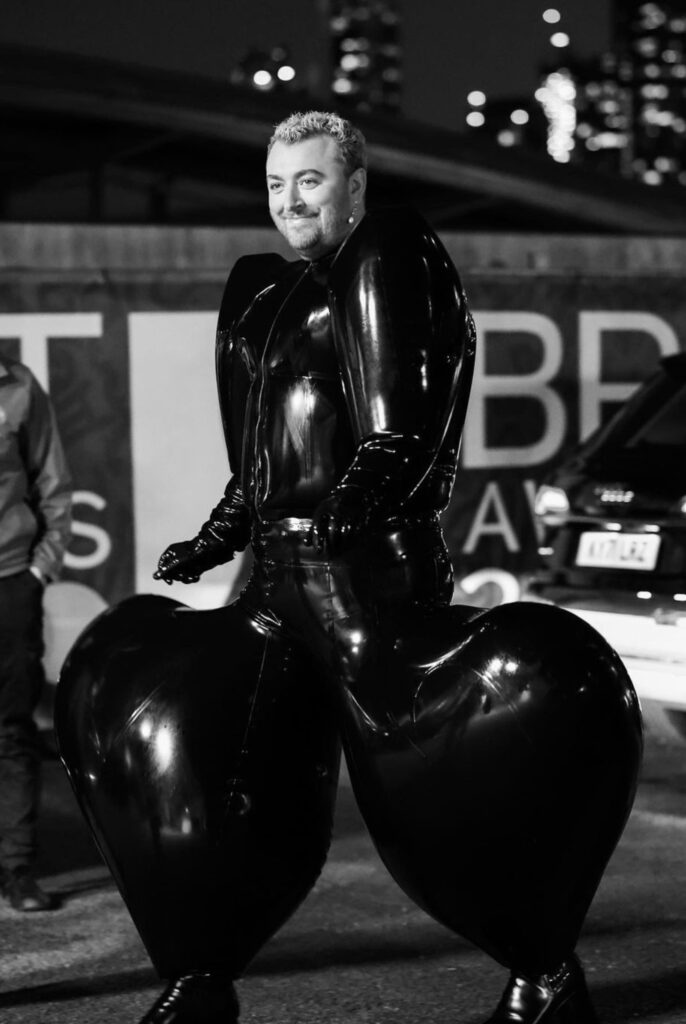
Not so fast… What are we missing?
While we revel in the captivating world of cartoonification and hyperrealistic fashion, let’s pause to consider some less-discussed factors that might be shaping this happening.
First, urban life plays a significant role. City dwellers, navigating congested environments, crave visual statements with their outfits. Brands like Loewe tap into this desire, offering striking designs that help us stand out amid the urban bustle.
Secondly, let’s acknowledge the emotional aspect of the cartoonification of fashion. We currently inhabit a world where many feel increasingly disconnected and disillusioned, cartoonification provides a creative outlet for self-expression. Allowing us to break free from the mundane and explore our individuality in captivating, unexpected ways.
Cartoonification might be more than a passing trend
Cartoonification and hyperrealistic fashion have the potential to make a lasting impact on both the industry and society. Since digital and physical realms will continue to intertwine, these styles are bound to become increasingly prevalent. Which, in turn, will inspire new ways of thinking about fashion, self-expression, and the role of clothing in our lives.
